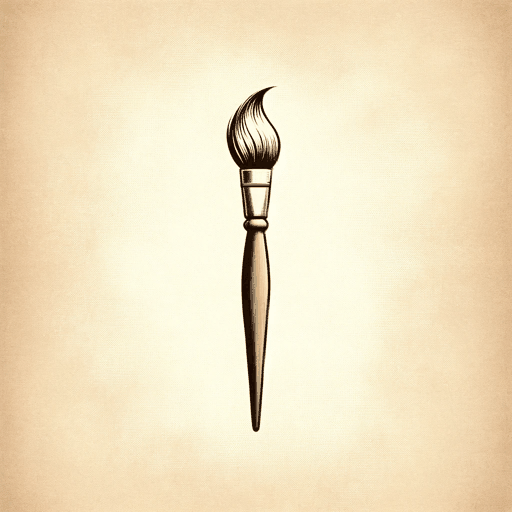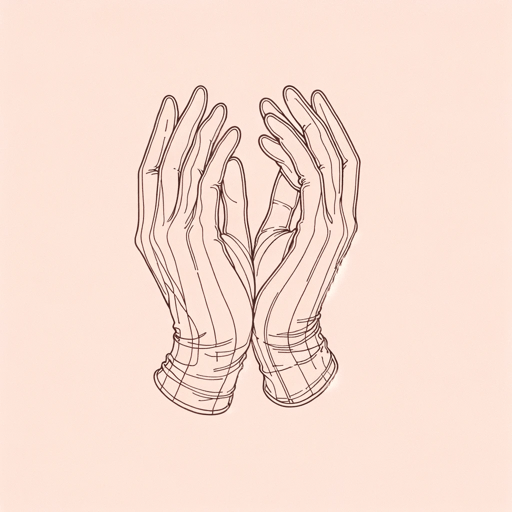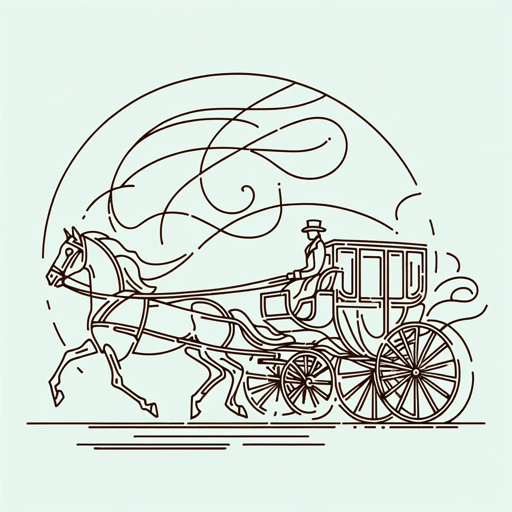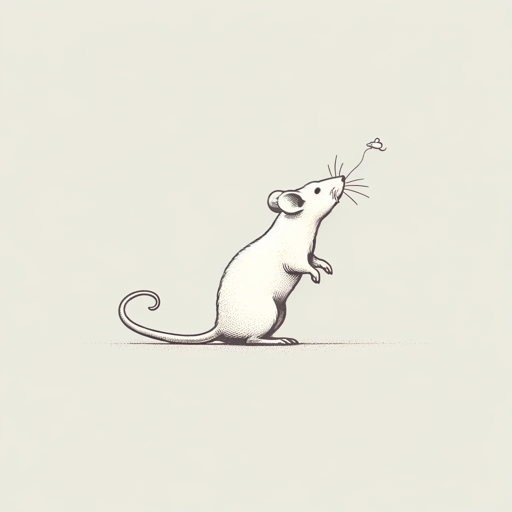22 pages • 44 minutes read
Robert BrowningFra Lippo Lippi
Fiction | Poem | Adult | Published in 1855A modern alternative to SparkNotes and CliffsNotes, SuperSummary offers high-quality Study Guides with detailed chapter summaries and analysis of major themes, characters, and more.
Symbols & Motifs
Animal Imagery
In the poem, the motif of animal imagery is often connected by Fra Lippo Lippi with sin. Animals or animal-like humans are mentioned particularly to discuss sexuality. Lippo calls himself a “beast” twice (Lines 80, 270). He is caught by the guards like a “pilchar[d]” (Line 23)—a small fish of the herring family—in their sweep of the city’s sex district. He compares the “sportive ladies” (Line 6) to mice, with himself being a potential “rat” (Line 9) who “nips each” (Line 10). Later, he describes one of the attractive revelers, as a “rabbi[t] by moonlight” (Line 59), an animal long connected with sexual promiscuity. He also compares himself to an “old mill-horse” (Line 254) finally let out to frolic in the grass, which is why he “play[s] the fooleries you catch me at” (Line 253).
All of this shows that Fra Lippo Lippi understands enjoying sensation is not the act of a holy man. At the same time, he tries to justify this by explaining that his need for sensation comes out of deprivation and being forced to renounce the world in order to survive. One of Fra Lippo Lippi’s earliest memories is that, as a starving child, he learned “which dog bites, which lets drop / His bone from the heap of offal in the street” (Lines 122-23).
Related Titles
By Robert Browning






